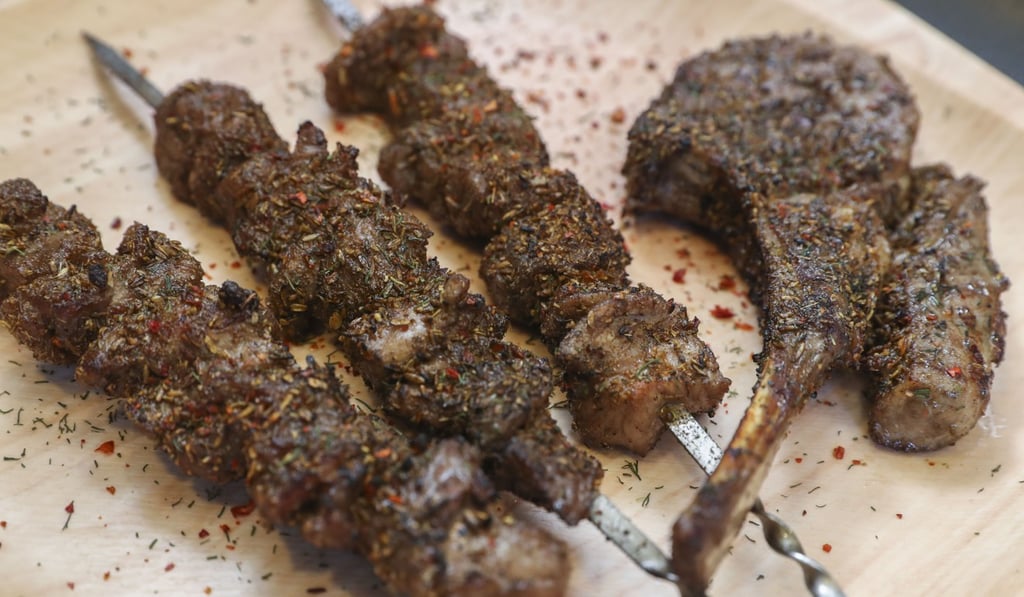Chinese regional cuisine: Xinjiang food and where in Hong Kong to eat it
Influenced by trade with Central Asia, the food of Xinjiang in northwest China is distinctive. While still not common in Hong Kong, more restaurants are opening. Restaurateurs describe the cuisine and how they adapt it for local palates

In the past, Xinjiang in China’s northwest was a key staging post on the Silk Road that spread Chinese culture, and spices, to the West. In recent years the unique tastes of the desert region, where Turkic Uygurs are the biggest ethnic group, have spread south, to Hong Kong, as more restaurants serving its cuisine open.
“I have a complex about Xinjiang food … I was so nostalgic about the tastes of my hometown that I opened a restaurant,” says Wu Mengying, owner of Tin Saan Restaurant. “I take pleasure and peace from cooking Uygur dishes in a city far away from my hometown.”
Born in Karamay in northern Xinjiang, she married her Hong Kong husband in 1990 and has lived in the city ever since.
Kebabs are one of the food items most associated with Xinjiang. Mention skewered lamb (yang rou chuan) to anyone in China and it will make them think of men with moustaches and high cheekbones turning skewers of meat on a streetside charcoal grill, sprinkling them now and then with cumin seeds, chilli powder and salt, and loudly promoting their wares.

They don’t only use lamb; beef and chicken skewers are often to be found too.
“Traditionally meat cubes are strung on rose willow branches, rather than bamboo or metal sticks, with pieces of fatty meat alternating with lean meat. The fat would almost melt, leaving behind a caramelised crust and enriching the meat,” says Wu.